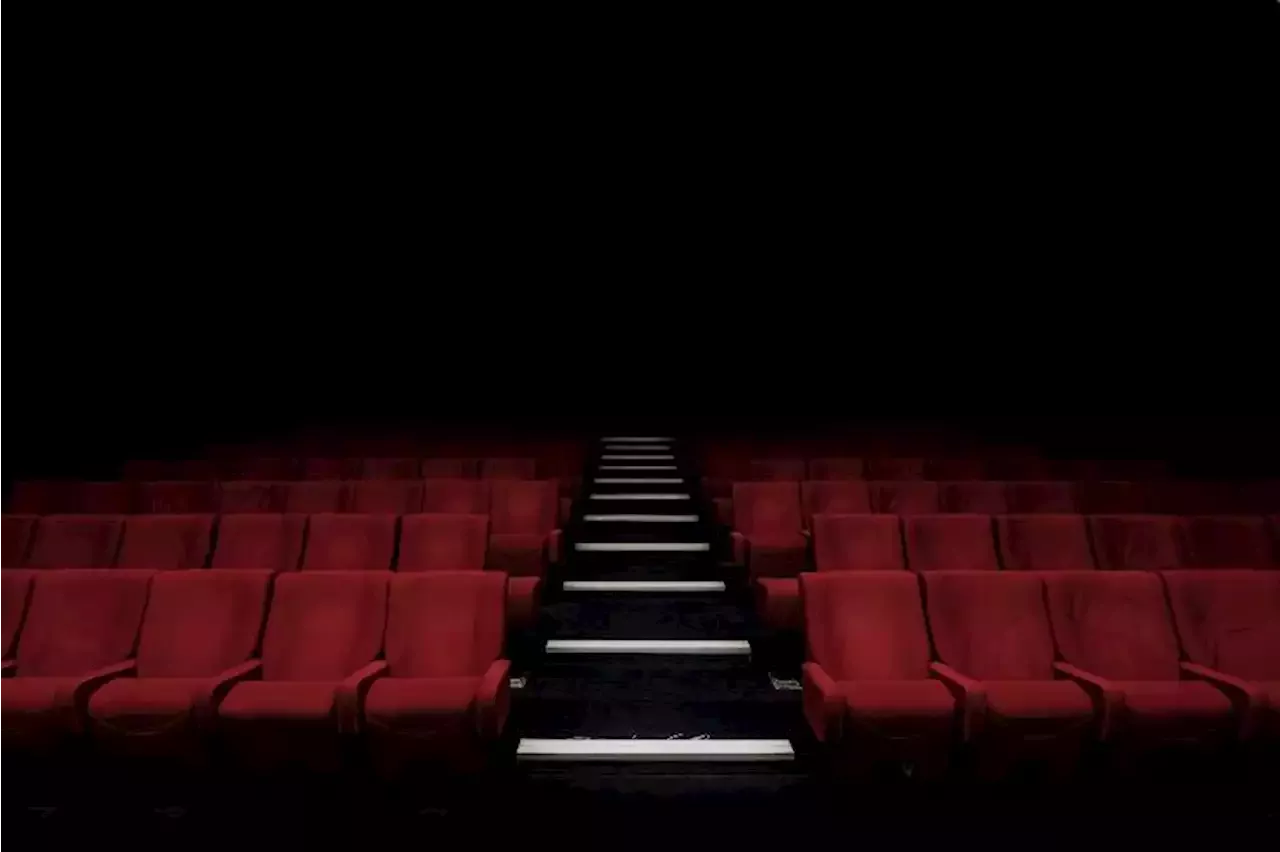Feasting on films can be a tricky business. Setting up a festival of films can play tricks with one’s consciousness. This is especially true for annual festivals, like the Metro Manila Film Festival which has a lofty history. The MMFF, however, has its fair share of its critics questioning its validity and worth.
The MMFF that we have now is a vestige of the martial-law era and the powers that ruled those dark years. The position of First Lady, that is usually an ornamentation, then became a pillar of unsalted strength. First, the already messy city of Manila was expanded to cover a massive spread of towns and cities. The Ministry of Human Settlements ruled over the metropolitan commission that oversaw settlers, most of whom were living in inhuman habitation.
Politics is dirty because of the politicians. This is common, local knowledge. Think of actors and actresses entering politics. Imagine politicians entering show business and you have the dismal situation we have now—a film festival that celebrates economic success at the expense of artistic integrity.
This is where the Metro Manila Film Festival problem lies: the movie selection. Philippine cinema continues to grow and with it are the pool of producers, writers, directors, and artists. Yet every year we see the standard lineup of “box-office” names fill the cinemas. More disappointingly, these names rarely bring something new–much less intellectual–to the table.
The second question is even trickier to answer. The merits of Philippine cinema in itself is being questioned–and no matter how we answer this, it is bound to raise eyebrows. However, the Metro Manila Film Festival’s problem extends beyond just the qualities of the film they show.
